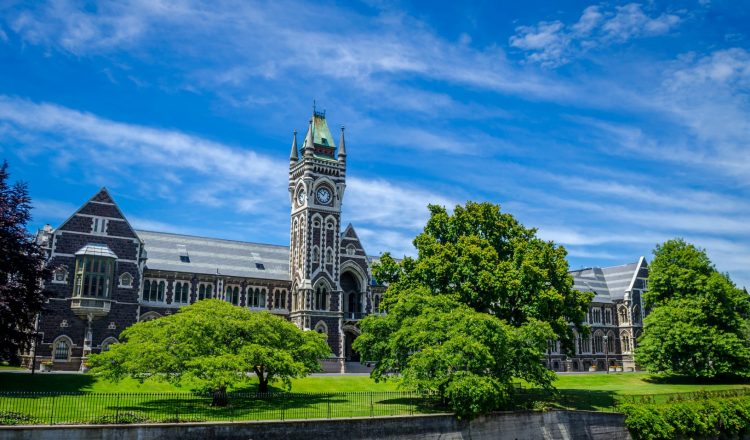初等・中等教育学校
学校を検討する際には、いくつかの微妙な違いに注意する必要があります。ニュージーランドの学校の大半は公立学校で、カリキュラムは教育省によって承認され、規制されています。ニュージーランドのある公立学校で学ぶ学生は、ディサイルレーティング(学生の経済状況の割合を10段階評価で示す指標)に関係なく、他の学校に入学した学生とほぼ同じ教育を受けることができます。
公立学校
公立学校は政府が出資して運営しており、ニュージーランド国民と永住権保持者は無料で通うことができます。ただし、生徒と保護者は、文房具、制服、教科書、学校旅行の費用を支払う必要があります。
また、学校は、政府の運営資金を補うために、任意の寄付を求めることができます。
各公立学校は、校長、生徒の保護者から選出された数名の評議員(通常5名)、学校職員から選出された1名の職員評議員、中等学校では生徒から選出された1名の生徒評議員からなる評議員会によって運営されています。また、全国的なカリキュラムに従っており、世俗性を保つことが求められています。
インテグレーテッド・スクール
インテグレーテッド・スクールとは、元私立学校が国の教育システムに統合されることを選択したもので、公立学校となりますが、その特殊性は維持されています。これらの学校は、1975年に当時の私立カトリック学校制度が崩壊しかけた後に設立されました。インテグレーテッド・スクールの大半はカトリックですが、他のキリスト教の宗派や宗教、教育理念を持つ学校もあります。
私立学校のオーナーは経営者として残り、学校の評議員会にも参加して、特殊性が維持されるようにしています。インテグレーテッド・スクールでは、私有地や建物の費用をまかなうために、保護者から「出席料」を徴収します。一般的な市民や居住者の出席料は、カトリック系の学校では年間240ドルから740ドル、非カトリック系のインテグレーテッド・スクールでは年間1,150ドルから2,300ドルとなっています。
私立学校
私立学校に通う子どもは全体の5%弱です。
私立学校の中には、男子と女子の両方を受け入れる学校があります(共学または「共育ち」学校として知られています)。また、男女別の学校もあります。私立学校の中には、全寮制の学校もあり、生徒は学期中そこに住むことができます。
私立学校は政府の資金援助を受けていないため、学期または学年ごとに一定の料金を徴収します。学期または学年ごとに設定された学費を徴収し、その額は通常、年間約20,000NZドルです。
チャータースクール
チャータースクールは、通常の国の制度からは外れて運営される、国が資金提供する学校です。2014年に5つの小さな学校から始まりました。チャータースクールは、登録された教師や訓練を受けた教師と一緒に運営する必要はありません。教師は最新の実務証明書を持っている必要もありません。また、校長を置く必要もありません。そして、利益を得ることが許されています。さらに、国のカリキュラムに従う必要もない学校です。
家庭教育
ニュージーランドでは、家庭教育(ホームスクーリングとも呼ばれます)が選択肢の1つとなっています。
自宅で子どもを教育することを望む親や保護者は、まず地元の教育省のオフィスから承認を得る必要があります。
家庭教育の承認を得た場合、登録されている学校への入学が免除される証明書が発行されます。これは、子どもの学習プログラムを提供し、監督し、監視する法的責任があることを示すものです。
複数の子どもを自宅で教育したい場合は、それぞれの子どもに個別の免除証明書が必要です。
学校での規律について
ニュージーランドの学校では、子どもたちが快適で安全に過ごせるように配慮されています。ニュージーランドでは、子どものしつけのために物理的な力を行使することは違法です。
親は、子どもが危険にさらされるのを防ぐためにのみ力を使ってもよいとされています。教師はどのような状況でも力を使ってはいけませんので、叩いたり、鞭で打ったりするような物理的なしつけは許されません。
学校での罰は、通常、追加の宿題を出したり、放課後遅くまで残って教師の監督下で作業をしたりすることです。
学校でのランチ
ニュージーランドではカフェテリアを完備している学校はほとんどありません。多くの学校にはサンドイッチやサラダ、飲み物などを販売する売店があります。一般的には、生徒の親か保護者があらかじめ準備したランチを提供することが期待されています。
宿題
留学生の親御さんからよく聞かれるのが、ニュージーランドの学校では十分な量のホームワークが用意されていないということです。通常、学校は1日に30分から1時間の宿題を出します。多くの学生は、学校の空き時間に宿題を済ませ、放課後は自由な時間を過ごします。
また、宿題はほとんどありませんが、多くの学校では音楽、演劇、スポーツなどの分野で課外プログラムを提供しています。学校によっては、科学やオーディオビジュアルのクラブもあります。これらのプログラムは通常、ランチタイムや放課後など、教室の外で行われます。

















































